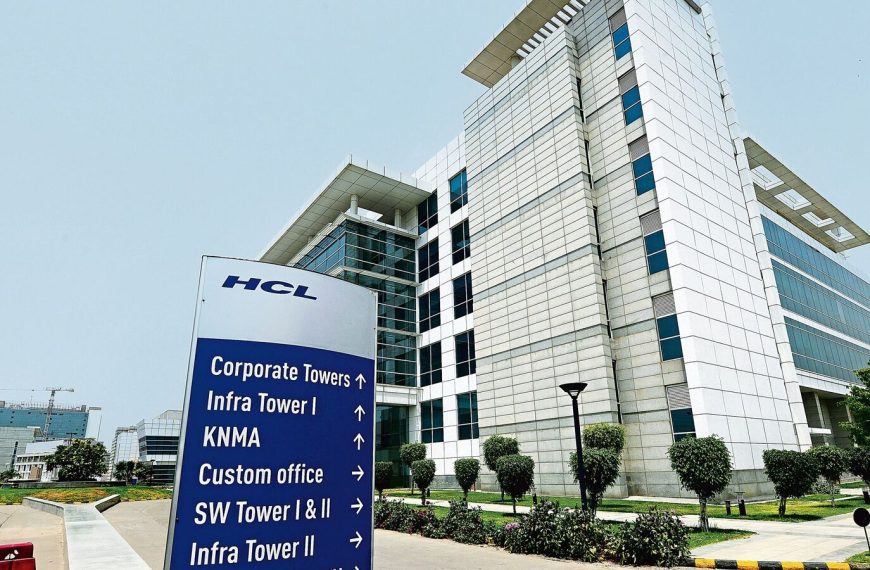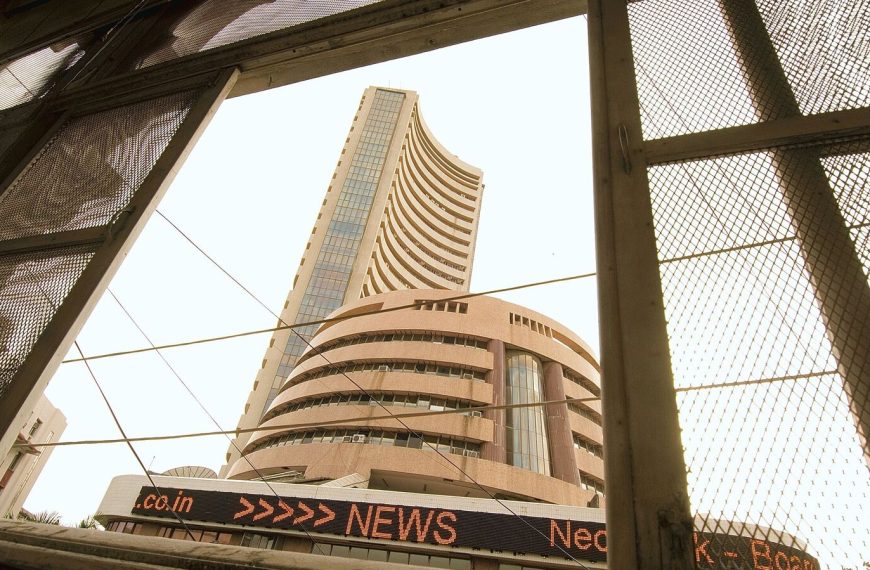Wall Street experienced a significant downturn on Thursday, with major indexes retreating amidst rising concerns regarding the implications of high tariffs on the global economy. The market’s decline followed a remarkable surge the previous day, sparked by U.S. President Donald Trump’s announcement to temporarily reduce tariffs on select countries. This swift reversal raised eyebrows, especially after the S&P 500 recorded its largest one-day gain since 2008, and the Nasdaq enjoyed its most considerable increase since 2001.
Market Reactions to Tariff Changes
Despite the temporary easing of some tariffs, the overall sentiment remained cautious. President Trump’s announcement of a 90-day pause on various reciprocal tariffs was overshadowed by a sharp increase in tariffs on Chinese goods, which rose from 104% to 125%. This move followed Beijing’s implementation of 84% tariffs on U.S. imports as a countermeasure.
Furthermore, the European Union agreed to a similar 90-day suspension of counter-tariffs on American products, which were set to take effect on April 15.
Economic Indicators and Investor Sentiment
In a surprising twist, the consumer price index (CPI) saw an unexpected dip of 0.1% in March, resulting in a 2.4% increase year-over-year. This data fell short of economists’ predictions, which estimated a 0.1% uptick and a 2.6% annual rise.
Experts are voicing concerns about the lingering effects of tariffs on inflation. Jason Pride, Glenmede’s chief of investment strategy, remarked, "While some tariffs have been relaxed, the 10% universal tariff still in effect could significantly influence inflation, which might become evident in upcoming CPI reports."
Current Market Performance
As of 11:29 a.m. ET, the Dow Jones Industrial Average plummeted 1,199.50 points, or 2.95%, bringing it down to 39,408.95. The S&P 500 decreased by 199.63 points, or 3.64%, settling at 5,258.26, while the Nasdaq Composite saw a decline of 749.79 points, or 4.37%, at 16,375.94.
- Key Sector Performance:
- Information Technology: Down 5%
- Energy: Down 6%
Notably, major tech stocks faced significant pressure, with Apple dropping 5%, Microsoft down 3.3%, and Nvidia declining 5.6%.
Insights from Market Analysts
Larry Tentarelli, chief technical strategist at Blue Chip Daily Trend Report, commented, "A pullback today is expected after such a substantial rise yesterday. We might see profit-taking in the next couple of days."
Despite the rally on Wednesday, both the S&P 500 and the Dow remain approximately 7% below their values prior to last week’s tariff announcements.
Corporate Outlook and Earnings Season
In the automotive sector, both General Motors and Ford saw their shares drop by around 4%, further pressured by downgrades from UBS and Goldman Sachs. As the U.S. earnings season unfolds, investors are keenly anticipating first-quarter results from major banks like JPMorgan Chase, which is set to report on Friday.
Additionally, the U.S. House of Representatives passed a budget blueprint aimed at prolonging Trump’s 2017 tax cuts.
Market Breadth
On the NYSE, declining stocks outnumbered advancers by a ratio of 5.83-to-1, while on the Nasdaq, the ratio was 3.98-to-1. The S&P 500 recorded no new 52-week highs and three new lows, while the Nasdaq Composite noted eight new highs and 65 new lows.
This market snapshot highlights the ongoing volatility and uncertainty facing investors amid fluctuating tariff policies and economic indicators.











